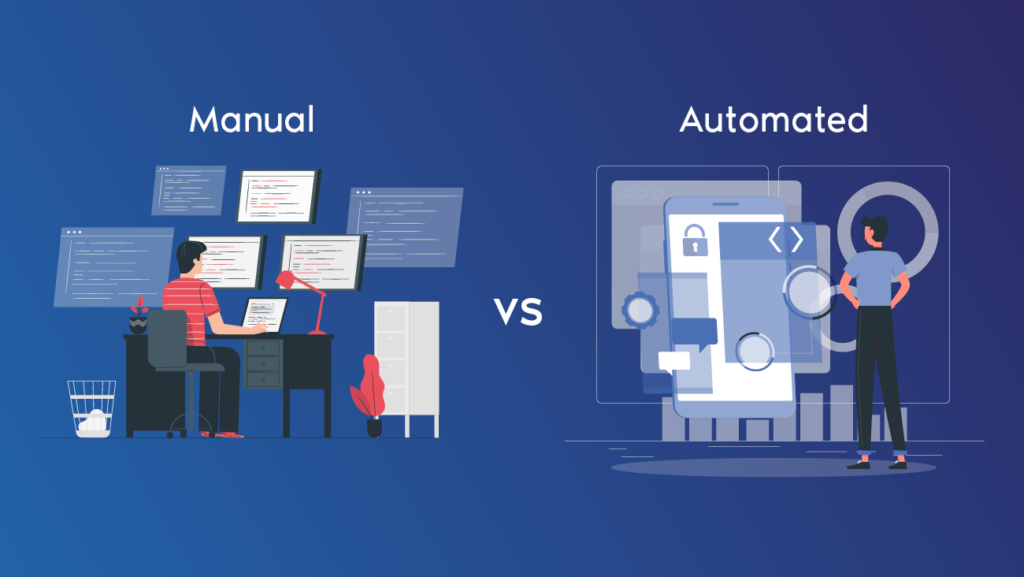
This article will give you some insight into SAP, why you should test it and how you should test it. Lets get started!
1: What is SAP?
SAP is a world leading software solution for the management of business processes, facilitating effective data processing and information flow across organizations.
Currently, SAP has more than 230 million cloud users and over 100 solutions covering all types of business functions.
By definition, SAP is also the name of the Enterprise Resource Planning (ERP) software as well as the name of the company itself.
Enterprise Resource Planning (ERP) refers to a type of software that organisations use to manage day-to-day activities such as accounting, CRM, distribution, logistics, procurement, project management, risk management, sales and HR.
You can watch this video for a good overview of SAP:
2: Why should you test SAP?
SAP implementations are now being released in a rapid and almost continuous delivery kind of mode.
In most organisations, SAP links to every aspect of their business, which means even a minor SAP update has the potential to cause major damage to business operations.
Therefore, regular SAP testing is important to ensure that key day-to-day business processes work as expected. Every time a new process or upgrade is introduced or adjusted, it must be tested, to help organisations deliver safe, fast changes.
The latest version of the platform is SAP 4/HANA. SAP 4/HANA helps businesses solve complex issues and handle more data than previous versions. However, to reap these benefits, businesses will need to test their solutions, processes, and integrations before undergoing this transition to avoid any complications and disruptions.
3: Types of testing in SAP
Here are 10 different types of testing methods that a software testing company would use in their testing suite to test the functionality of a software, system, or an application (including SAP).
Unit Testing: A type of white box testing that involves testing every single component or separate piece of software.
Integration Testing: Where multiple systems are combined together to test output of the integrated system to see if the systems are functioning efficiently.
Regression Testing: This includes testing the full application or system for changes / modifications, as any changes / modifications made can affect how the entire system functions.
Performance Testing: This type of testing is performed to check if the system is meeting performance requirements such as speed, response times and user load peaks.
Functional Testing: Checks the functionality of each module as per the required result, ensuring that any integrations are well-executed across the platform.
Security Testing: This testing ensures that every user can execute transactions and get access to data that they require.
Usability Testing: Checks how easy it is to use an application or a system and how easy it would be for a new user to understand the system or use an application.
Acceptance Testing: This type of testing is performed to test the system’s compliance with the business requirements and assess whether it is acceptable for delivery.
Stress Testing: This is where the system is put into stress beyond its specification to determine the stability of the system by checking when it fails.
Beta Testing: To test in production environment, by releasing the pre-version of the final product to uncover any bugs or errors before a general release.

4: Manual vs Automated Testing in SAP
As upgrades in SAP are frequent, testing is required regularly to make sure make sure that any updates do not cause any bugs or errors.
With Manual Testing, the software is tested manually without using any automated tools or scripts. With this type of testing, the tester assumes the role of an end-user and tests the software to identify bugs or any unexpected behavior.
This poses a challenge because not all organisations have dedicated testing teams, so this responsibility usually gets divided between business users who must manually perform hundreds of tests which can be very time-consuming and mean that other business-essential work is being not being done.
With Automated Testing, instead of manually testing, the tester writes the scripts and uses software tools to test the product. This then involves the automation of what was before a manual process and includes re-running the test-cases multiple times.
Automated Testing also tests the application for load, performance, and stress purposes, which increases the coverage of tests and saves time and money in comparison to Manual Testing.
5: Coded vs Codeless Testing in SAP
There are several factors to consider when looking at coded vs codeless testing options in SAP.
There are generally 3 ways in which testers can run automated tests:
1: With coded test automation, users automate tests by writing code for functional testing, cross browser testing, etc.
2: With low-code test automation users automate tests with a combination of minimal coded testing alongside scripted or component-based testing
3: With codeless test automation, users automate tests using pre-built scripts and components, therefore skipping coding completely.
Coded Testing Considerations:
Flexibility
– SAP applications are complex, especially when specific business customizations are included. Saying this, there are great advantages in creating your testing framework from scratch. The framework will be in accordance with the company’s existing and future SAP architecture.
– However, creating and scaling a stable testing framework takes time and requires heavy script/object repository maintenance for longevity. So, the quality of your testing framework is dependent on the company’s time allocation.
Fix Your Own Issues
– A team of SAP experts, experienced SDET’s and automation testers will ensure the success of an SAP testing project. If there are bugs and instability, there is a team of experts who can immediately rectify the issues.
– However, there is a financial cost that is associated with a highly resource heavy team. This is where measuring the Return of investment (ROI) is important. Does the time and money spent on implementing a team of this nature be of benefit to the company in the short, median and/or long term.
Codeless Testing Considerations:
Involve everyone in testing
– Testing teams do not require scripting knowledge to create and execute test automation with codeless testing. They can contribute in their own way for better quality tests such as constructing SAP scenarios.
– However fully codeless solutions can limit testing flexibility. Teams are given a standard testing framework for their given SAP application. This can be problematic when there are specific SAP customizations that need to be tested.
Saves time
– Codeless testing will typically have the testing framework and logic already developed. So, teams will only have to focus on creating their test suites. Having a tool like this increases test coverage and reduces human error, saving the testing team valuable time. As well as eliminates the requirement of learning and implementing an automation testing framework.
– However, as with anything, bugs can occur. Since teams do not have entire control over the framework, it can sometimes lead to a waiting game with the tool provider.

6: Test Automation Tools: useMango
There are lots of SAP testing tools on the market, one of which is our very own low code/no code test automation tool useMango.
With useMango, users can:
– Create and execute end to end tests on SAP GUI as well as cloud-based tests
– Access the bank of ready-to-use SAP testing components
– Easily scan SAP forms with our useMango scanner
– Create new and re-usable and customized components for SAP testing
– Easily change data and import different data through-out test cases
– Generate comprehensive and in-depth reporting
You can watch this short video here to get a glimpse of how useMango works with SAP.
The whole purpose of useMango is to save users time on their software testing which in turn saves them money. With useMango users can reduce their software testing times by up to 80%.
We are offering users a free trial of useMango (3-6 months based on usage), so that they can see how the tool works and see the value in can offer in terms of time and cost savings.
To find out more about useMango, get a personalised demo, or to sign up for a free trial, please visit www.usemango.co.uk/trial/
